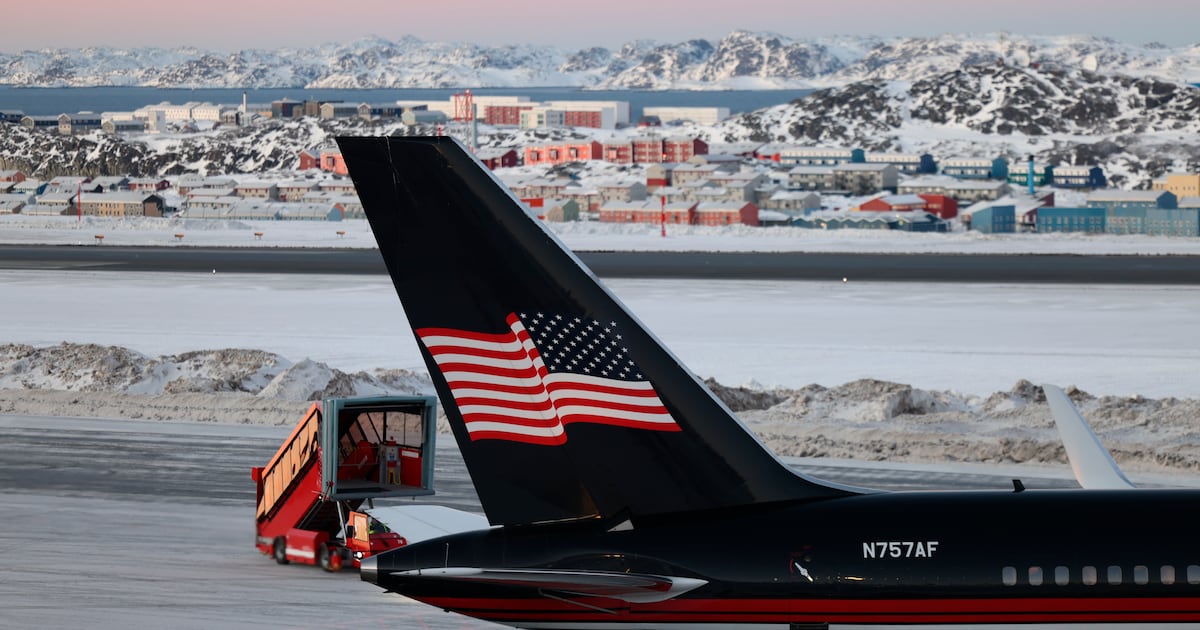“What about the rest of the North?” asked McGeorge Bundy, president of the Ford Foundation, back in the 1970s while considering yet one more grant to help the troubled Native American tribes of Alaska.
The initial reaction of a young staffer asked to pursue the question was that the boss was making some strange reference to the Civil War.
That was not his point, nor was he talking about the global contrast between rich and poor nations, described in terse terminology, especially during the Cold War, as the “North-South Divide.” Instead, Bundy was referring to the Arctic Circle and far-northern regions of the globe, and asking whether geographic unity and climate uniformity was reflected in similarity of challenges to public policies.
President-elect Donald Trump’s incendiary remark about the United States potentially acquiring Canada, Greenland and the Panama Canal was probably — though not necessarily — rather offhand, but points, intended or not, to significant international challenges.
Those challenges directly involve U.S. foreign policy.
Today, global warming and dramatic melting of polar ice urgently underscore the vital importance of the region. The Obama administration and the first Trump administration did not give priority attention to this complex subject, but other nations are showing leadership.
Last Aug. 18, the Russian Geographical Society, headquartered in Moscow, inaugurated the BRICS Geographer’s Day with participants from Brazil, China and India. “BRICS” has become the shorthand label for these four nations, used in part to serve as a magnet to expand influence by Beijing and Moscow.
China and Russia are leaders in pressing investment and general attention to the North. Historically Britain led in global geography, joined by the United States. Continuing territorial disputes among Arctic nations, including the U.S., are significant.
Under the 1982 United Nations Convention on the Law of the Sea, a nation can claim resources beyond a 200-mile limit if a direct continuous continental shelf can be established. Such technical measures can mitigate nationalist rivalries.
Since then, the U.N. has devoted attention to vexing but important practical implementation of the Millennium Development Goals, or MDGs, which encompass cutting world poverty in half, achieving universal primary education, fighting dangerous diseases, empowering women, and improving water quality and sanitation.
Substantial MDG progress has been made, but frustrations are also apparent and not surprising. A U.N. report, “The Global Partnership for Development at a Critical Juncture,” documents the difficulties in achieving the very comprehensive targets first laid out in 2000.
For example, the Group of Eight industrial nations have fallen short in a collective pledge to increase development assistance.
In September 2015, U.N. member nations agreed on a successor plan, “The Agenda for Sustainable Development,” with the target of 2030.
Critical expressions of frustration are understandable but generally misplaced. Established government foreign aid programs are politically weak and historically have been partisan targets. Cuts are predictable, especially during recessions.
As antidote, the Arctic is an excellent focus to encourage cooperation, including commercial investment.
Given the complexity of the issues involved, the U.S. government should emphasize the importance of this U.N. dimension. That could help deflect the essentially nationalist ambitions of China and Russia, and provide useful education to those at the top of the new Trump administration regarding the Arctic’s vexing controversies but undeniable importance.
Polar policies are unavoidably global in impact.
By the way, Bundy was right. Indigenous peoples around the North share remarkably similar problems.
